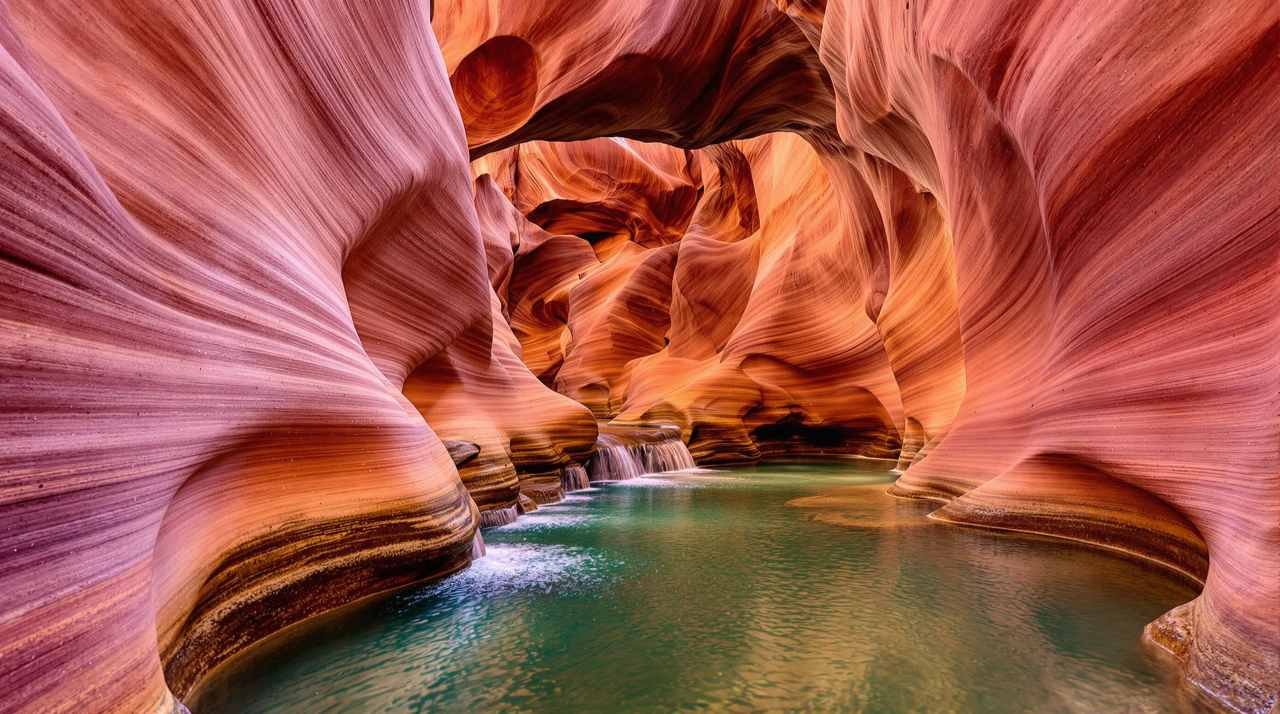
Ever felt the call of the wild tugging at your soul? That deep yearning to escape the noise, breathe fresh mountain air, and let nature reset your spirit?
The world is full of distractions, but out there—on rugged trails and hidden paths—you’ll find something extraordinary.
Adventure, challenge, and beauty that stirs something primal within. Each step takes you further from the mundane and closer to memories that last a lifetime.
These trails aren’t just hikes; they’re gateways to something greater. So lace up your boots and let your curiosity lead the way. Are you ready to discover what’s waiting?
1. Bryce Canyon Rim Trail, Utah
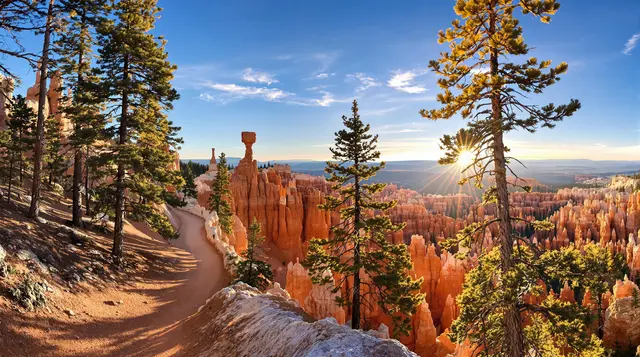
Walking along the Rim Trail in Bryce Canyon feels like stepping into another world. The vibrant oranges and reds of the hoodoos, and the towering rock spires, contrast against the clear blue sky to create a breathtaking view. The trail stretches for about 11 miles, but you can choose shorter sections like the Sunrise Point to Sunset Point route if you’re not up for the full trek. One of my favorite memories here was watching the sun rise over the canyon—it’s an experience that stays with you.
What makes this trail unique is its accessibility. Whether you’re an experienced hiker or just starting, the path caters to everyone. The views are spectacular from every angle, and the changing light throughout the day adds a magical touch. The air is crisp and clean, and you’ll find plenty of spots to pause and take in the serene beauty around you.
The best part? Unlike some other iconic trails, Bryce Canyon Rim Trail doesn’t feel overcrowded, especially if you start early. You’ll hear the crunch of your boots on the path, the rustle of wind through the pine trees, and maybe even spot a mule deer or two. It’s a trail that not only challenges you physically but also soothes your soul.
Key Information:
- Best Months to Visit: May to September (Spring and fall have the best weather).
- Difficulty Level: Easy to moderate, depending on how far you hike.
- Trail Length: 11 miles (can be shortened).
- Pro Tip: Start at Sunrise Point for an unforgettable sunrise view.
2. The Wave, Coyote Buttes North, Arizona

The Wave isn’t just a hike; it’s an adventure you’ll never forget. Nestled in the Paria Canyon-Vermilion Cliffs Wilderness, this iconic trail is known for its surreal sandstone formations. The swirling, wave-like patterns make you feel like you’re walking through a natural art gallery. When I visited, I couldn’t believe such a place existed—it was like stepping into a dream.
The hike is about 6 miles round trip and requires a permit, which can be tough to get due to its popularity. But trust me, it’s worth the effort. The trail itself isn’t marked, so navigation skills are essential. That sense of remoteness, combined with the jaw-dropping scenery, makes it an unparalleled experience.
However, this trail is not for the faint of heart. The desert heat can be intense, and there’s little shade along the way. Be prepared with plenty of water, sunscreen, and a good map or GPS. And if you’re lucky enough to score a permit, cherish every moment of the journey—it’s a bucket-list hike for a reason.
Key Information:
- Best Months to Visit: March to May and September to November (Avoid summer heat).
- Difficulty Level: Moderate to challenging due to navigation.
- Trail Length: 6 miles round trip.
- Pro Tip: Apply for permits well in advance or try the lottery system for last-minute availability.
3. Hoh Rain Forest Trail, Olympic National Park, Washington
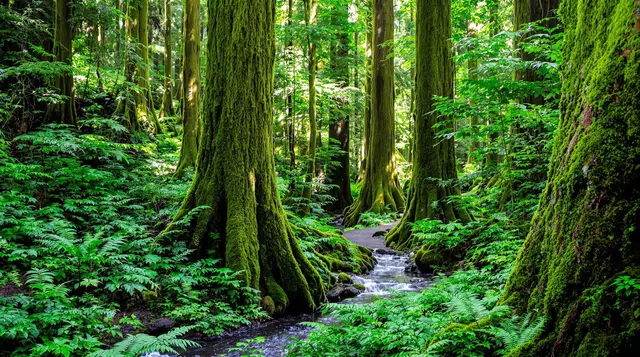
If you’ve ever wanted to feel like you’re in a fairy tale, the Hoh Rain Forest Trail is your ticket. This lush, green paradise is part of the Olympic National Park, and it’s one of the most enchanting places I’ve ever visited. The towering trees draped in moss, the trickling streams, and the gentle sounds of wildlife create an otherworldly atmosphere.
The trail offers several options, from short loops to longer treks like the journey to Blue Glacier. The path is relatively easy for the first few miles, making it ideal for families or those who prefer a relaxed hike. But the deeper you go, the more secluded and magical it feels.
What makes this trail stand out is its biodiversity. You’ll see ferns, mosses, and even ancient Sitka spruce trees that seem to touch the sky. On my hike, I stopped often to take photos and simply breathe in the fresh, earthy air. It’s a hike that rejuvenates you, body and soul.
Key Information:
- Best Months to Visit: April to October (Avoid the heavy rains of winter).
- Difficulty Level: Easy to moderate.
- Trail Length: 17 miles round trip (to Blue Glacier); shorter loops available.
- Pro Tip: Bring a rain jacket—it’s a rainforest, after all!
4. Franconia Ridge Loop, New Hampshire
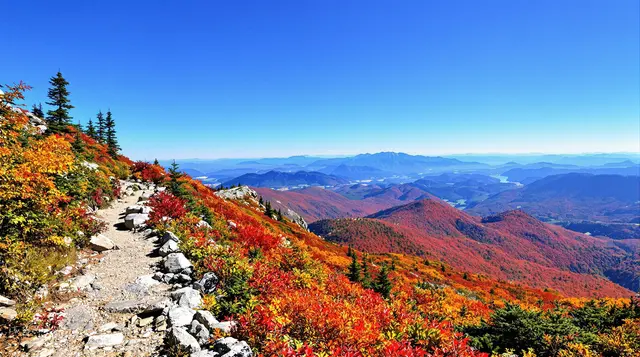
Franconia Ridge Loop is a trail that leaves you in awe. Located in the White Mountains, this 9-mile loop combines rugged terrain, alpine beauty, and panoramic views. The highlight is the ridge walk, where you’re surrounded by peaks and valleys that stretch as far as the eye can see.
The ascent to the ridge is challenging but rewarding. You’ll pass through lush forests before emerging above the tree line, where the real magic begins. When I hiked this trail, I remember feeling a mix of exhaustion and exhilaration as I reached the summit. The sweeping views made every step worth it.
This trail is best tackled on a clear day to fully appreciate the vistas. The weather can change quickly, so be prepared for anything. And don’t forget to pack plenty of snacks—there’s nothing better than a trail-side picnic with a view like Franconia Ridge.
Key Information:
- Best Months to Visit: June to October (Fall foliage is spectacular).
- Difficulty Level: Challenging.
- Trail Length: 9 miles loop.
- Pro Tip: Start early to avoid crowds and give yourself plenty of daylight.
5. Presidential Traverse, White Mountains, New Hampshire
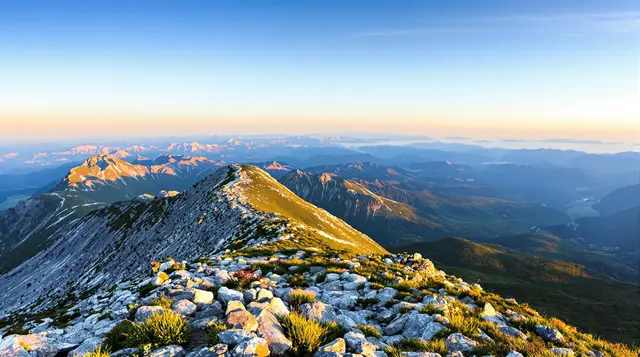
The Presidential Traverse is the ultimate challenge for experienced hikers. Covering up to 23 miles, this trail takes you across some of the highest peaks in the White Mountains, including Mount Washington. It’s a test of endurance, strength, and determination—but the rewards are incredible.
The journey is grueling, with steep ascents and rocky terrain. But as you conquer each peak, the sense of accomplishment is unparalleled. On my trek, I was amazed by the diversity of landscapes, from dense forests to barren alpine zones. The views from the summits are breathtaking, especially at sunrise or sunset.
This trail isn’t for everyone, but if you’re up for the challenge, it’s an adventure of a lifetime. Just make sure you’re well-prepared with proper gear, food, and navigation tools. Weather conditions can be harsh, even in summer, so plan accordingly.
Key Information:
- Best Months to Visit: July to September (Best weather conditions).
- Difficulty Level: Very challenging.
- Trail Length: Up to 23 miles (Can be done in sections).
- Pro Tip: Consider doing it over two days and staying in one of the AMC huts for a more manageable experience.
6. Maroon Bells Scenic Loop Trail, Colorado
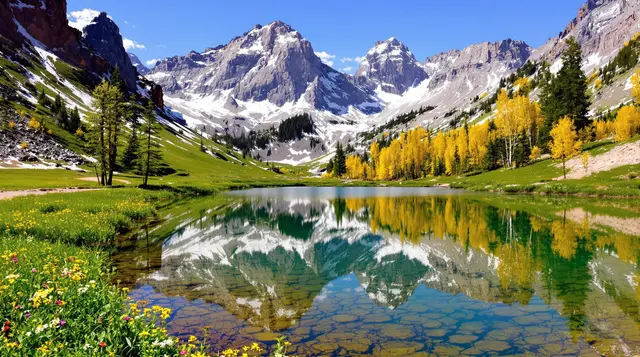
Nestled in the heart of the Colorado Rockies, the Maroon Bells Scenic Loop Trail offers one of the most picturesque hikes in the United States. The majestic Maroon Bells peaks reflect off the shimmering waters of Maroon Lake, creating a postcard-perfect view that draws visitors from all over. The loop itself is an easy 1.9-mile trail, making it accessible for hikers of all skill levels.
What makes this hike stand out is the diversity of landscapes packed into a relatively short distance. You’ll wander through aspen groves, cross babbling brooks, and encounter fields of wildflowers in the summer. When I visited in the fall, the golden aspen leaves against the rugged mountain backdrop were nothing short of magical.
This trail is perfect for a relaxed day hike or as a starting point for more challenging routes in the area. It’s a reminder of nature’s beauty in its purest form, leaving you refreshed and inspired to explore even more.
Key Information:
- Best Months to Visit: June to October (Fall colors are exceptional).
- Difficulty Level: Easy.
- Trail Length: 1.9 miles loop.
- Pro Tip: Arrive early to avoid crowds and secure parking; shuttle service is also available.
7. Grinnell Glacier Trail, Glacier National Park, Montana
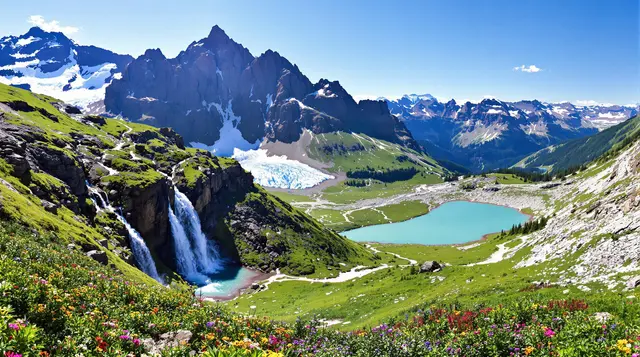
The Grinnell Glacier Trail is a breathtaking journey into the heart of Glacier National Park. This 11-mile round-trip hike takes you through stunning alpine scenery, with every step revealing more of the park’s natural beauty. The trail culminates at Grinnell Glacier, a shimmering remnant of the Ice Age surrounded by towering peaks and turquoise waters.
What makes this hike unforgettable is the sense of scale and grandeur. You’ll pass cascading waterfalls, and vibrant wildflower meadows, and even spot wildlife like mountain goats and bears (from a safe distance). On my hike, the sheer tranquility of the area made me feel completely immersed in nature.
This is a moderate to challenging hike, with some steep inclines and exposure to the elements. But the views are well worth the effort, especially as you approach the glacier and its glacial lake. It’s a trail that stays with you long after you’ve returned home.
Key Information:
- Best Months to Visit: July to September (When the snow has melted).
- Difficulty Level: Moderate to challenging.
- Trail Length: 11 miles round trip.
- Pro Tip: Bring bear spray and hike in groups for safety.
8. Mount Rainier Summit Trail, Washington
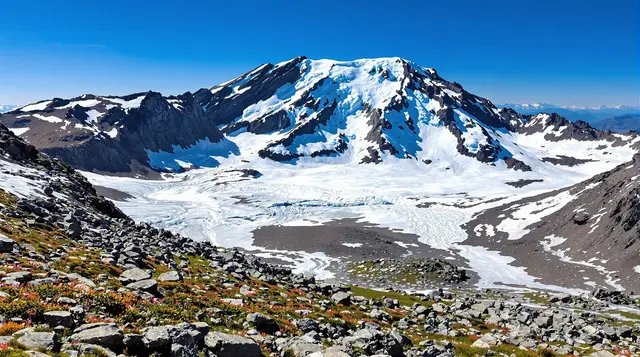
Standing at 14,411 feet, Mount Rainier dominates the skyline of Washington State. The Summit Trail is not for the faint-hearted, but for those who are prepared, it’s the adventure of a lifetime. This multi-day hike requires mountaineering skills, as you’ll navigate glaciers, crevasses, and steep inclines to reach the summit.
The journey to the top is as rewarding as the summit itself. You’ll experience breathtaking views of the surrounding valleys, alpine meadows, and distant peaks. When I climbed, the sunrise over the Pacific Northwest from the summit was one of the most awe-inspiring moments of my life.
Due to its difficulty and required skills, this trail is best tackled with a guide or as part of a group. It’s a true test of endurance, but reaching the summit of Rainier is an achievement you’ll carry with you forever.
Key Information:
- Best Months to Visit: June to September (Peak climbing season).
- Difficulty Level: Very challenging (requires technical skills).
- Trail Length: Varies depending on the route; typically 9-12 miles round trip.
- Pro Tip: Train extensively and acclimatize to the altitude before attempting.
9. The Subway, Zion National Park, Utah
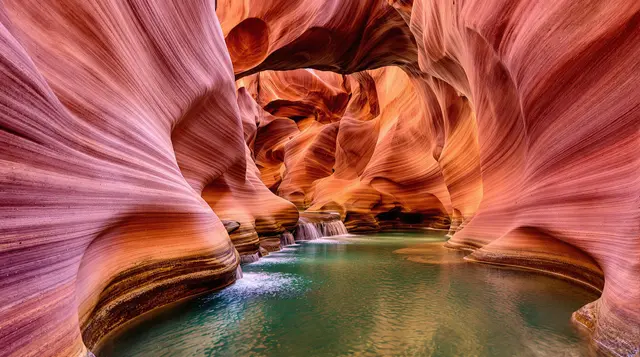
The Subway in Zion National Park is a unique and thrilling hike that lives up to its name. This slot canyon, shaped like a subway tunnel, is a natural wonder filled with emerald pools, cascading waterfalls, and smooth sandstone walls. It’s a challenging 9-mile hike that requires a permit, but it’s worth every step.
The hike is divided into two routes: the top-down route, which requires rappelling and swimming, and the bottom-up route, which is more accessible but still physically demanding. I chose the bottom-up route and was blown away by the beauty and adventure of wading through streams and climbing over boulders.
This trail is perfect for those seeking a blend of beauty and adventure. Just be prepared for wet feet and bring proper gear to ensure a safe and enjoyable experience.
Key Information:
- Best Months to Visit: Spring and fall (Avoid summer heat and flash floods).
- Difficulty Level: Challenging.
- Trail Length: 9 miles round trip.
- Pro Tip: Apply for permits early and check weather conditions before heading out.
10. Paintbrush-Cascade Loop, Grand Teton National Park, Wyoming
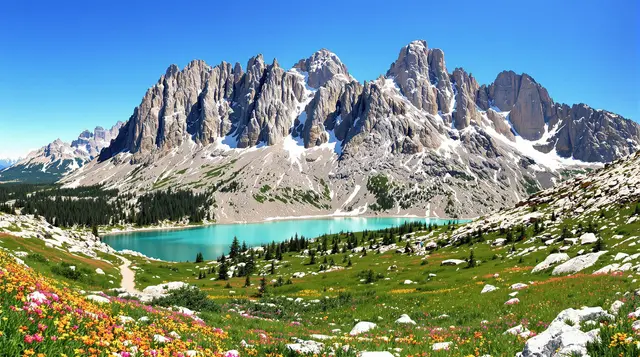
The Paintbrush-Cascade Loop is a breathtaking trail that showcases the best of Grand Teton National Park. This 20-mile loop takes you through lush forests, high alpine lakes, and jaw-dropping mountain views. It’s a strenuous hike but one that rewards you at every turn.
The trail begins with a gradual ascent through Paintbrush Canyon, where wildflowers and wildlife are abundant. As you climb higher, you’ll reach Lake Solitude, a serene alpine lake surrounded by towering peaks. From there, you’ll traverse the Paintbrush Divide, a high pass that offers panoramic views of the Tetons before descending through Cascade Canyon.
When I hiked this loop, I was struck by the sheer beauty and diversity of the landscapes. It’s the kind of trail that pushes you physically while filling your soul with wonder.
Key Information:
- Best Months to Visit: July to September (Snow-free and mild weather).
- Difficulty Level: Strenuous.
- Trail Length: 20 miles loop.
- Pro Tip: Plan for an early start or consider camping overnight to fully enjoy the experience.
11. Iceberg Lake Trail, Glacier National Park, Montana
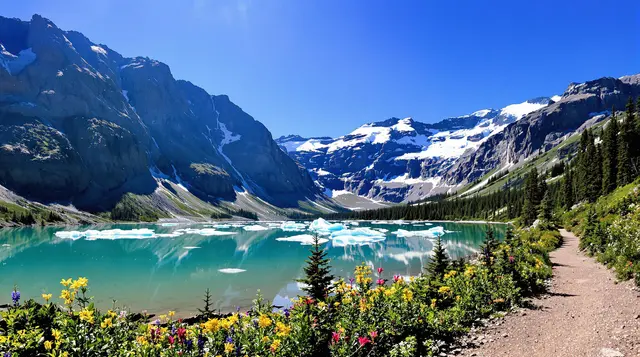
The Iceberg Lake Trail is a gem tucked away in Glacier National Park, where towering peaks surround you, and alpine beauty takes center stage. This 9.7-mile round-trip hike leads to a stunning glacial lake, often dotted with floating icebergs, even in summer. The sight of these icy remnants against the turquoise water and dramatic cliffs is something out of a storybook.
The journey is just as memorable as the destination. Along the way, you’ll pass through meadows brimming with wildflowers, cross babbling streams, and possibly encounter mountain goats or grizzly bears (from a safe distance, of course). When I hiked this trail, I couldn’t resist stopping frequently to soak in the views and snap photos—it’s that spectacular.
Though moderately challenging, the trail is well-maintained and accessible for most hikers with decent stamina. Whether you’re a seasoned adventurer or a casual day hiker, the Iceberg Lake Trail promises an unforgettable experience.
Key Information:
- Best Months to Visit: July to September (Ideal for snow-free conditions).
- Difficulty Level: Moderate.
- Trail Length: 9.7 miles round trip.
- Pro Tip: Start early to enjoy the trail in solitude and avoid the afternoon heat.
12. Cloud Peak Trail, Bighorn National Forest, Wyoming
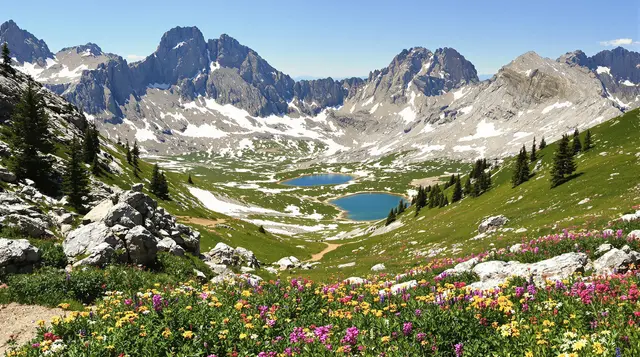
For those seeking a remote and rugged adventure, the Cloud Peak Trail is a fantastic choice. This 23-mile out-and-back trail takes you deep into the Bighorn Mountains, culminating at the summit of Cloud Peak, the highest point in the range. The expansive views, serene alpine lakes, and solitude make this trek a rewarding challenge.
The trail begins in lush forests before climbing into rocky terrain, with plenty of opportunities to camp along the way. What stood out to me was the serenity of this hike—there were moments when it felt like I had the entire wilderness to myself. At the summit, the sweeping views of Wyoming’s unspoiled beauty were well worth the effort.
Cloud Peak is not for the faint-hearted; it demands stamina and navigation skills. But for those willing to put in the work, it offers a sense of accomplishment and connection with nature that’s hard to find elsewhere.
Key Information:
- Best Months to Visit: July to September (When the snow has melted).
- Difficulty Level: Challenging.
- Trail Length: 23 miles out and back.
- Pro Tip: Pack extra layers and prepare for sudden weather changes at higher elevations.
13. Timberline Trail, Mount Hood, Oregon
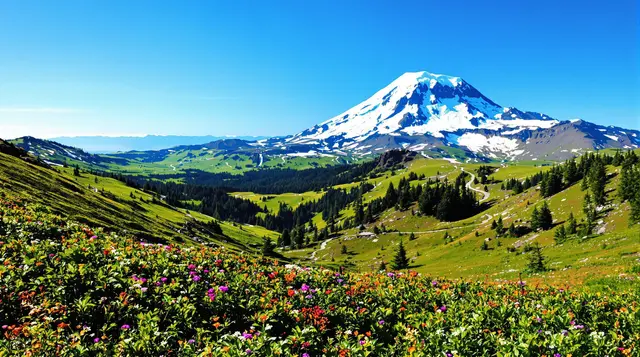
Circling the iconic Mount Hood, the Timberline Trail is a bucket-list hike that showcases Oregon’s natural splendor. This 40-mile loop is a true test of endurance, but the rewards are endless: lush forests, roaring waterfalls, alpine meadows, and close-up views of glaciers. It’s the ultimate journey for those who love diverse landscapes.
One of my favorite parts of this trail was crossing the Sandy River, a powerful stream fed by glacial runoff. The combination of the rushing water and the towering mountain backdrop was exhilarating. Each section of the trail feels like a new chapter in an epic adventure.
While the full loop is a multi-day trek, many hikers opt to tackle shorter sections. Whether you choose to hike the entire trail or just a portion, Timberline offers a profound sense of connection with Oregon’s wilderness.
Key Information:
- Best Months to Visit: Late July to September (Snow-free and mild conditions).
- Difficulty Level: Challenging.
- Trail Length: 40 miles loop.
- Pro Tip: Consider hiking clockwise to tackle river crossings earlier in the day when water levels are lower.
14. Lost Coast Trail, California
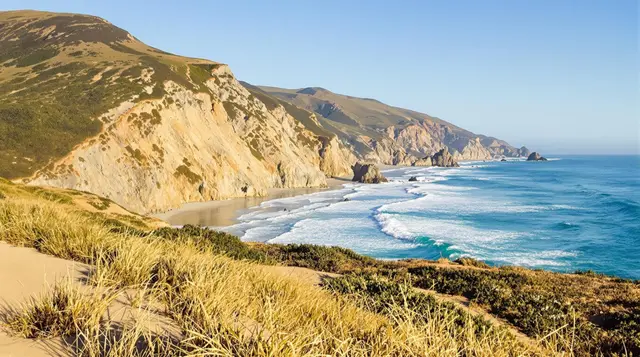
If you crave adventure and solitude, the Lost Coast Trail is your dream hike. Located in one of California’s most remote coastal areas, this 25-mile trail takes you along rugged cliffs, secluded beaches, and windswept dunes. It’s a raw and untamed experience, where you’re completely immersed in the beauty and power of nature.
The trail isn’t for the casual hiker—it requires careful planning, as parts of it are inaccessible during high tide. I remember meticulously timing my hike to ensure safe passage, which only added to the thrill. Watching the waves crash against the cliffs while seals and sea lions lounged nearby made every step worthwhile.
What makes the Lost Coast Trail special is its sense of wilderness. There are no roads, no crowds, and no distractions—just you, the ocean, and the endless horizon. It’s a chance to disconnect from the modern world and reconnect with nature in its purest form.
Key Information:
- Best Months to Visit: May to October (Avoid winter storms).
- Difficulty Level: Moderate to challenging, depending on tides.
- Trail Length: 25 miles point to point.
- Pro Tip: Carry a tide chart and plan your route accordingly to avoid dangerous sections.






